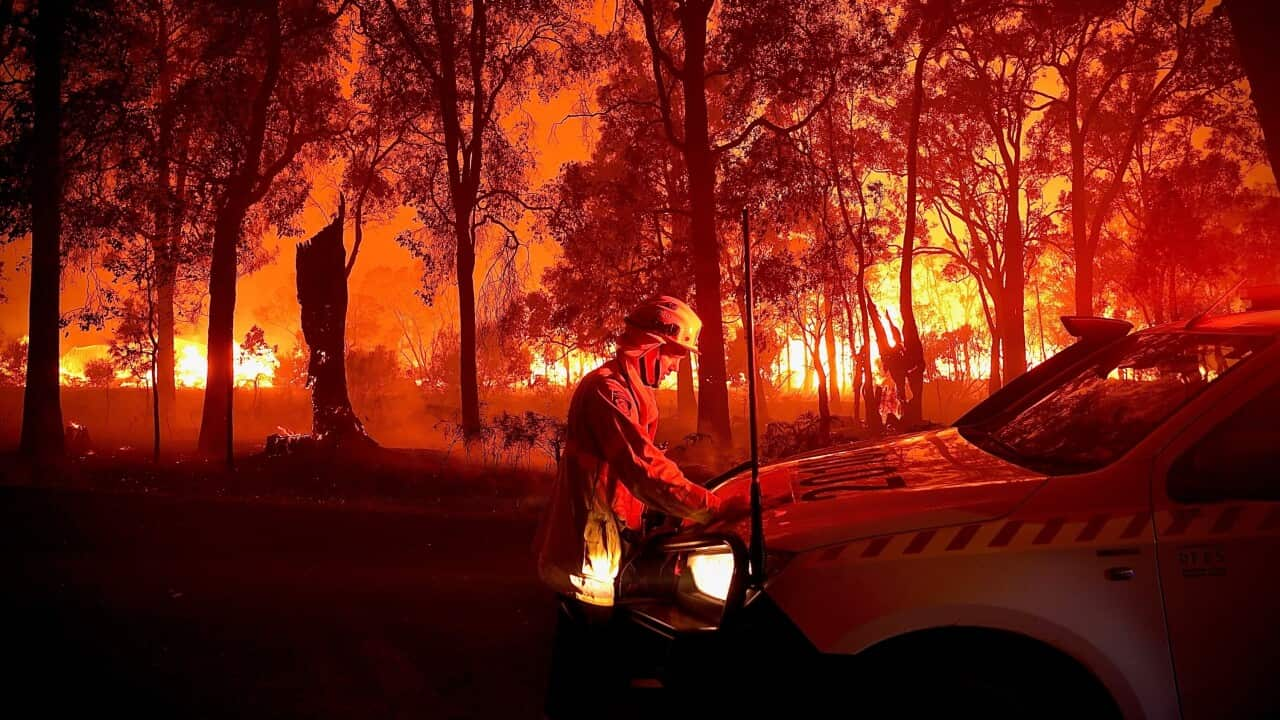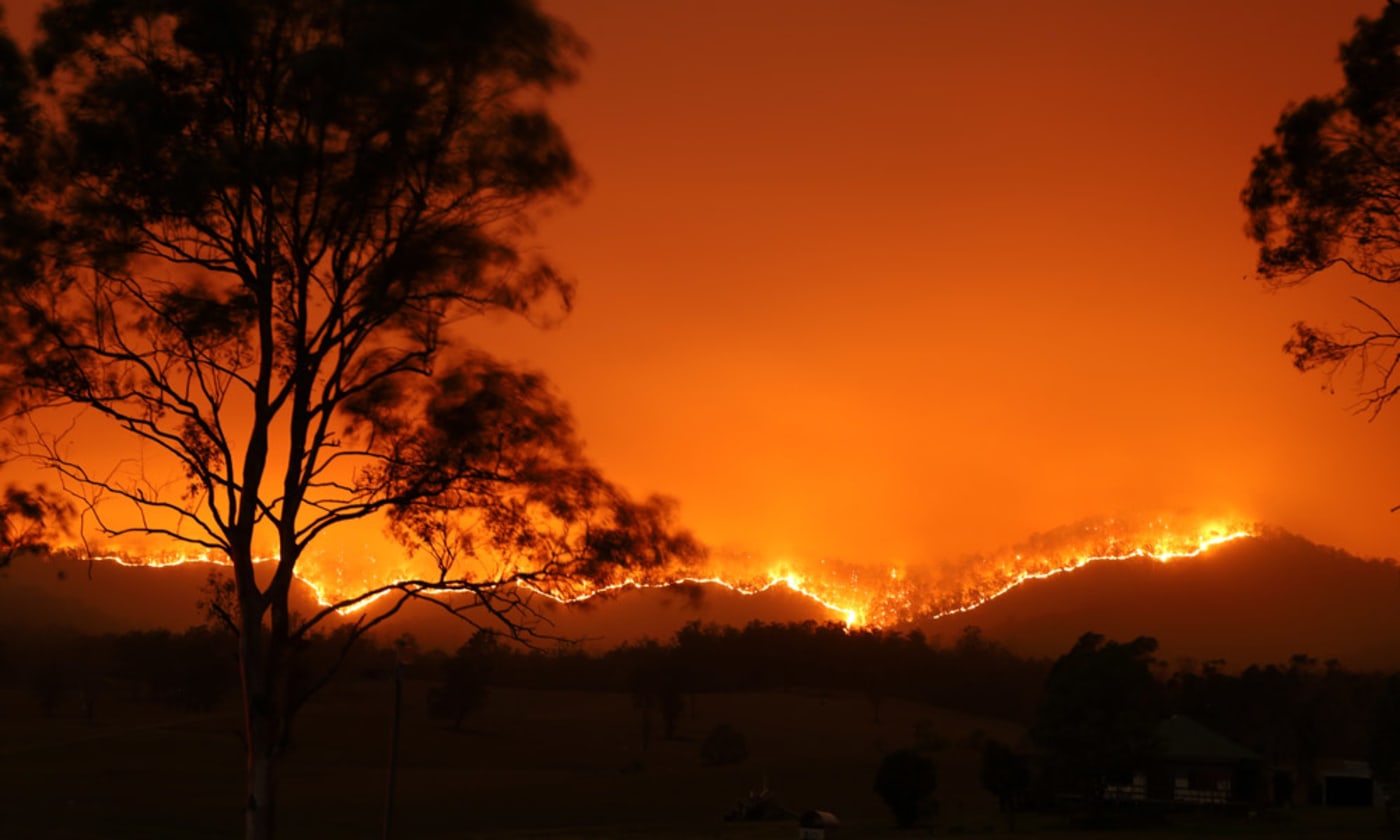Proactive Residential Property Defense: Leveraging the Insights of a BAL Report
Proactive Residential Property Defense: Leveraging the Insights of a BAL Report
Blog Article
Navigating Shrub Fire Security Rules With BAL Report
In the world of property development and homeownership, navigating bush fire security regulations is vital for ensuring the safety and compliance of structures in risky locations. Central to this venture is the Bushfire Assault Level (BAL) report, an essential document that examines the possible exposure of a building to bushfire. Understanding exactly how to apply the details and analyze included within a BAL report can dramatically influence the style, construction, and maintenance of buildings. By diving into the intricacies of BAL assessments and their ramifications for constructing compliance, stakeholders can proactively take care of bush fire risks and secure properties against potential hazards.
Understanding Bush Fire Defense Regulations
To effectively navigate the complexities of bush fire protection laws, it is vital to have a clear understanding of the controling standards and demands in position. Shrub fire security guidelines are vital for protecting buildings and lives in areas vulnerable to bushfires. These guidelines develop the standards and methods that homeowner must abide by in order to minimize the dangers connected with bushfires.

Value of BAL Assessments
Comprehending the value of BAL analyses is critical in making sure compliance with bush fire security laws and successfully mitigating the threats related to bushfires. BAL assessments, which identify the Bushfire Strike Level of a residential or commercial property, are essential for designing suitable bush fire defense procedures tailored to the specific risk profile of the website. By evaluating elements such as plant life kind, distance to potential fire hazards, and incline of the land, BAL assessments offer valuable understandings into the degree of danger a building encounters throughout a bushfire event.

Ramifications for Building Conformity
Browsing through structure conformity needs in conformity with BAL evaluations is necessary for guaranteeing frameworks are properly strengthened versus the risks positioned by bushfires. Building compliance describes adhering to the standards and regulations set forth to boost the safety and security and strength of buildings in bushfire-prone areas. The ramifications of structure compliance in regard to BAL evaluations are significant. Frameworks that fail to fulfill the necessary compliance criteria go to a greater risk of suffering damages or destruction throughout a bushfire event. This not just threatens the residents yet likewise positions a risk to the surrounding environment.
Ensuring structure conformity involves careful preparation, building and construction, and upkeep to alleviate the potential influence of bushfires. It calls for a detailed understanding of the BAL ranking designated to the property and carrying out the proper measures to enhance its fire security capacities.
Handling Bush Fire Risks Efficiently
Provided the essential value of structure compliance in fortifying structures versus bushfire Going Here threats, efficiently taking care of these risks needs a detailed approach that prioritizes aggressive mitigation techniques. To begin, conducting complete risk assessments is vital. Understanding the details vulnerabilities of a property in connection to bushfires enables customized threat reduction plans. This involves studying aspects such as the building's area, bordering vegetation, topography, and prevailing weather conditions. Carrying out appropriate plants administration strategies is an additional vital facet of effective danger administration. Clearing flammable plants, creating defensible spaces, and guaranteeing correct upkeep can dramatically reduce the danger of fire spreading to the residential property. Furthermore, buying fire-resistant building products and construction strategies can improve the framework's capability to withstand coal strikes and direct fire contact. In addition, creating and practicing an emergency response plan is vital for guaranteeing that homeowners understand exactly how to respond quickly and securely in case of a bushfire. By incorporating these aggressive procedures, homeowner can properly manage bushfire threats and boost the security of their structures and passengers.
Practical Tips for Homeowners and Developers
Efficiently handling bushfire dangers as a homeowner or designer requires executing sensible mitigation strategies customized to the home's particular vulnerabilities and surroundings. One crucial idea is to keep a well-maintained defensible room around frameworks, usually a minimum of 30 meters in high-risk areas. This room needs to be clear of combustible plants, particles, and other combustible products that might possibly fuel a fire. In addition, picking fire-resistant structure materials can considerably enhance the property's capability to withstand coal assaults and straight flame contact. Making certain that roofs, walls, and home windows are built or updated to meet appropriate bushfire defense criteria is essential.
Moreover, producing an emergency plan and exercising discharge drills with family staff members, tenants, or members can conserve lives in case of a bushfire. Staying informed about neighborhood fire danger scores, climate condition, and emergency situation signals is also essential for making prompt choices to protect life and residential or commercial property. Engaging with regional fire authorities, community teams, and experts experienced in bushfire administration can provide beneficial guidance and support in creating detailed bushfire protection methods.
Verdict
To conclude, navigating bush fire protection regulations with a BAL report is critical for guaranteeing building look at this website compliance and handling bush fire dangers successfully. Recognizing the relevance of BAL assessments and adhering to functional suggestions can aid homeowners and developers mitigate the influence of bush fires. By adhering to these regulations and taking required preventative measures, individuals can create more secure atmospheres for themselves and more helpful hints their communities.
Secret components of bush fire defense guidelines consist of the Bushfire Strike Level (BAL) assessment, which identifies the level of risk a residential or commercial property deals with from bushfires. BAL evaluations, which identify the Bushfire Attack Degree of a building, are vital for developing ideal bush fire security measures tailored to the particular threat account of the site. By examining variables such as plant life kind, range to prospective fire risks, and slope of the land, BAL analyses provide useful understandings right into the level of risk a property deals with during a bushfire occasion.

In verdict, browsing bush fire security laws with a BAL record is important for guaranteeing structure compliance and managing bush fire dangers effectively.
Report this page